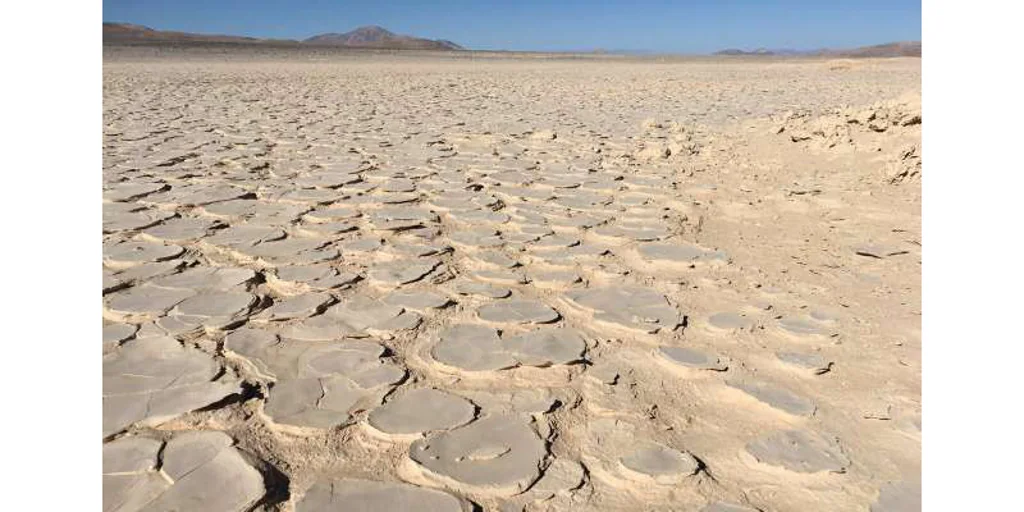They found a ‘hidden biosphere’ beneath the world’s driest desert

Scientists continue to be amazed at how resilient life can be. Contrary to all apparent logic, there are organisms that can thrive in the most harmful, toxic or “uninhabitable” environments on the planet, be it under hundreds of meters of ice in Antarctica, in rocks several kilometers deep, in the calderas of active volcanoes. in sulfuric acid pools.
Learning from these “extremophile” organisms, of course, allows us to develop new strategies for searching for life on other worlds. And now, in a paper just published in the journal PNAS Nexus, an international team led by researchers from the University of Potsdam in Germany has just announced the discovery of microbial life several meters below the surface of the Atacama Desert in Chile. the driest and hottest place on Earth.
It is believed that the first 80 cm of soil in this desert, where there is a lot of salts and sulfates, is a “good place” for bacteria to protect themselves from intense ultraviolet light at the surface. But what’s going on deeper? That’s the question that Dick Wagner, the study’s leader, and his colleagues tried to answer by collecting samples more than four meters below the surface. To ensure that the recovered DNA actually came from living organisms, the authors developed a new extraction method.
Excavations and scientist’s laboratory truck
Lukas Horstmann, GFZ-Potsdam
Only intact cells
So the team first washed and removed the loose DNA, and then extracted DNA from inside the intact cells of the samples. In the upper 80 cm of sediment, microbial communities were dominated by Firmicutes bacteria. However, below two meters a completely different microbial community was found, dominated by actinobacteria.
In their paper, the authors suggest that this community may have colonized the Atacama soil 19,000 years ago before it was buried by the sediments that cover it today, and suggest that this community may have spread downwards for an undetermined distance, which would imply the existence of a previously unknown deep biosphere beneath the driest desert soils. The deep bacterial community may be dependent on gypsum as a water source.
The authors note that Martian deserts also contain deposits of gypsum, which could theoretically serve as a source of water for microbial life.
